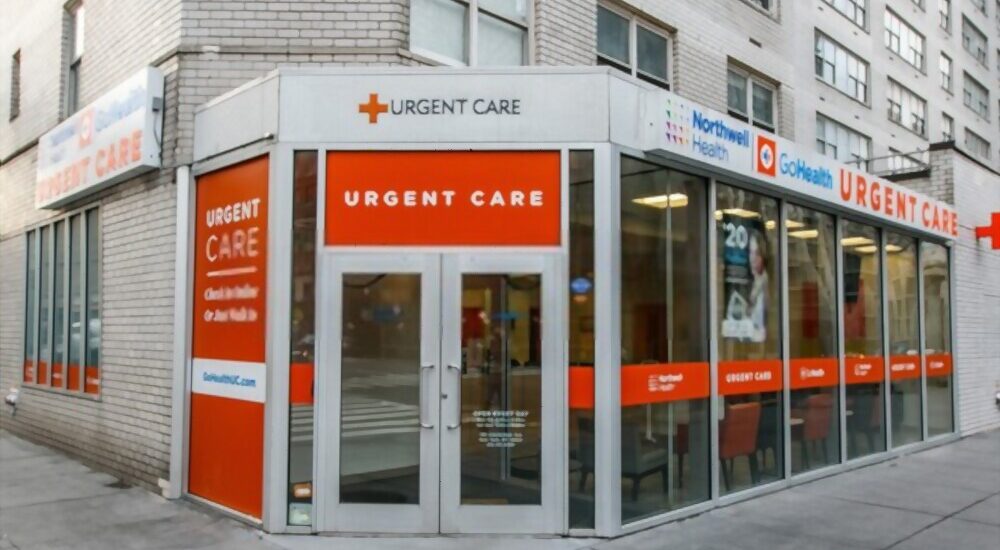- March 17, 2022
- Posted by: Steve Smith
- Category: Urgent Care Billing

Urgent Care centers are among the busiest healthcare providing facilities across the US. Attending to patients who walk in with problems that need immediate medical attention, Urgent Care centers provide a wide range of services, starting from a simple flu shot to more complicated procedures involving surgical procedures. However, as per its true scope of services, it cannot compete with the range of services that a Hospital Emergency Room provides.
Having said that, many Urgent Care Centers, owing to the nature of services they provide, often identify themselves as Primary Care Providers. As such, they bill insurance companies under the POS-11 (“Place of Service – 11”, as defined by the Centers for Medicare and Medicaid Services, or CMS) category which belongs to Primary Care Providers (PCP).
This, however, has a flip side to it. Urgent Care billing done under the POS-11 category entails a lower rate of reimbursement which is in the neighborhood of $90. This is lower than the usual $130 – $160 range that applies to cases where Urgent Care services are billed under the POS-20 category which is the preferred category for Urgent Care, as mandated by the CMS.
While a large percentage of Urgent Care Centers (approximately 82%) register themselves as POS-20 and contract with insurance companies as such, the rest opts for POS-11 or in a combination with POS-20. What we must understand is that this is not an accidental mistake or an unfortunate overlook, but a forced decision. There are many factors that can compel an Urgent Care facility to register itself and contract with insurance companies as a PCP. One of these is the saturation of the market in a particular area where there are just too many Urgent Care centers already and insurance companies are unwilling to contract with any new ones. But apart from such exceptional circumstances, it is always advisable to do all Urgent Care billing in the POS-20 category.
Leave a Reply
You must be logged in to post a comment.
